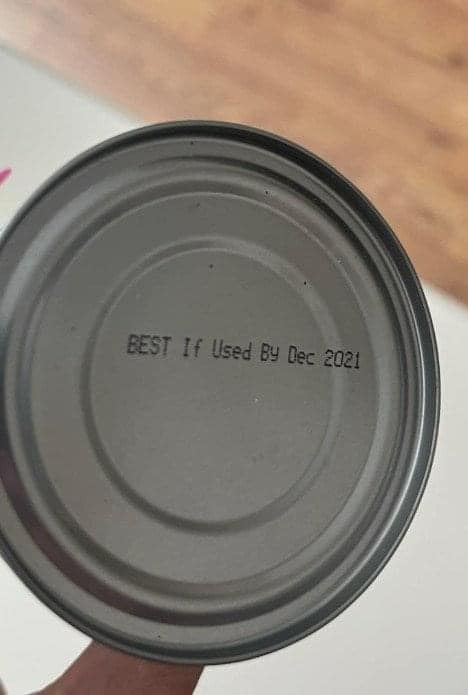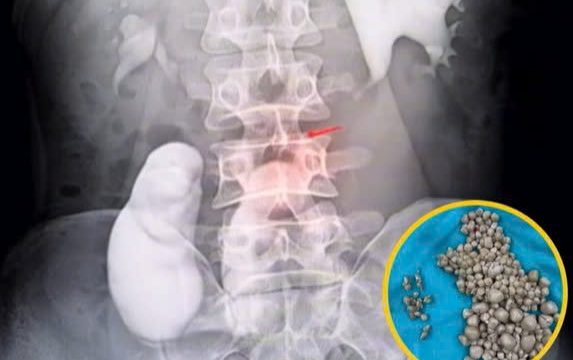We’ve all been there—standing in the kitchen, holding a carton of milk or package of chicken, wondering if that expiration date on the label means it’s time to toss it out. Food expiration dates can be confusing, and a lot of us worry about safety. But according to the United States Department of Agriculture (USDA), those dates are mostly about the quality of food rather than hard safety deadlines. Let’s break down what these labels mean and how you can tell if food is still good to eat.

Breaking Down Food Date Labels
Expiration dates on food often come with terms like “Best if Used By,” “Use By,” and “Sell By.” Although these labels are intended to provide helpful guidance, they can also create a lot of confusion and even lead to unnecessary waste. The good news is that these dates are primarily focused on when food will taste best, rather than indicating that it’s unsafe to eat afterward. Here’s a closer look at what each label means:
- “Best if Used By”: This label is meant to indicate the period during which the product is at its peak flavor and quality. It’s not about safety, so even if the date has passed, the food may still be good to consume. Think of it as a suggestion rather than a strict cutoff.
- “Use By”: This date tells you the last day the food will be at its best quality. It’s recommended to consume the product by this date for optimal taste and texture, but it doesn’t necessarily mean it’s unsafe afterward. For example, pasta may lose some freshness, but it’s still fine to eat.
- “Sell By”: This label is intended for retailers, not consumers. It tells the store how long they should display the product for sale, so you’ll often see it on items like milk, eggs, and meats. A product may still be good for days or even weeks after this date, depending on how it’s stored at home.
Understanding these terms can help reduce food waste and prevent tossing out items that are still perfectly edible. Most expiration dates are not safety deadlines, so using your senses to judge freshness can be a more accurate indicator.
How to Identify Spoiled Food
While many foods remain safe to eat even after their labeled date, knowing the signs of spoilage can help you make smarter decisions. Your senses—sight, smell, taste, and touch—are often the best tools for identifying food that has gone bad. Here’s what to look out for:
- Sight: If you see visible mold on items that shouldn’t have it (like bread, cheese, or produce), it’s a clear sign that the food is spoiled. Fresh meat should have a clean, even color, so any gray or greenish spots could indicate that it’s time to toss it.
- Smell: An unusual or sour smell is often a dead giveaway that food has gone bad. For example, milk with a sour odor should be discarded, and fish with a strong “off” smell isn’t safe to eat.
- Texture: Certain foods develop a slimy or sticky texture when they spoil. If chicken or other raw meats feel slimy, it’s a good idea to throw them out. Similarly, if fresh fruits or vegetables feel mushy or appear wilted, they may no longer be suitable to eat.
- Taste: When in doubt, take a small taste—especially if the food doesn’t have any visible signs of spoilage. If it tastes off, it’s better to discard it than to risk getting sick.
By using these senses, you can often get a better sense of whether something is still safe to eat, rather than relying solely on the printed date.
Tips for Proper Storage to Prevent Waste
One of the best ways to extend the life of your food and reduce waste is by storing it properly. Keeping your fridge and freezer at the right temperatures can make a big difference. According to food safety guidelines, refrigerators should be kept below 40°F (4°C), and freezers should be set at 0°F (-18°C) to keep food fresh for longer.
Here are a few storage tips to maximize freshness:
- Use airtight containers: Transferring food into airtight containers can help preserve flavor and quality. These containers protect food from exposure to air and moisture, which can cause it to spoil faster.
- Organize by dates: Place items with shorter “use by” dates at the front of the fridge, so you’re more likely to use them before they spoil. This practice helps prevent food from getting pushed to the back and forgotten.
- Freeze perishable items: If you won’t be able to use certain items before they reach their “use by” date, consider freezing them. Meats, bread, and many types of fruits and vegetables can be frozen to extend their shelf life for months.
- Label and date leftovers: If you’re storing leftovers, labeling containers with the date can help you keep track of freshness and avoid throwing out food because you’ve lost track of how old it is.
Simple changes in storage practices can keep food fresh longer, helping you reduce waste and make the most of what you buy.
The Bottom Line
Ultimately, food expiration dates are designed more for quality assurance than for safety. By learning the meaning of terms like “Best if Used By” and “Sell By,” you can make informed choices about when to use or discard items. Relying on your senses to judge freshness, alongside proper storage, is a great way to minimize food waste while ensuring you’re eating safely.
So, next time you’re tempted to throw away a carton of milk just because it’s a day past its date, take a moment to check if it’s actually still good. Most food items don’t go bad the moment their date passes, and with a little awareness and proper storage, you can enjoy them longer while reducing waste. By trusting your senses, understanding food labels, and using smart storage, you’re doing your part to make your kitchen both efficient and eco-friendly.





